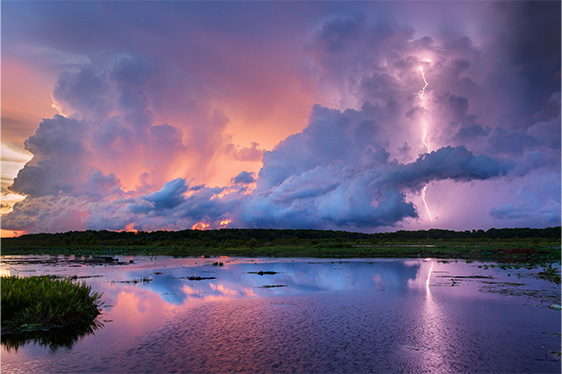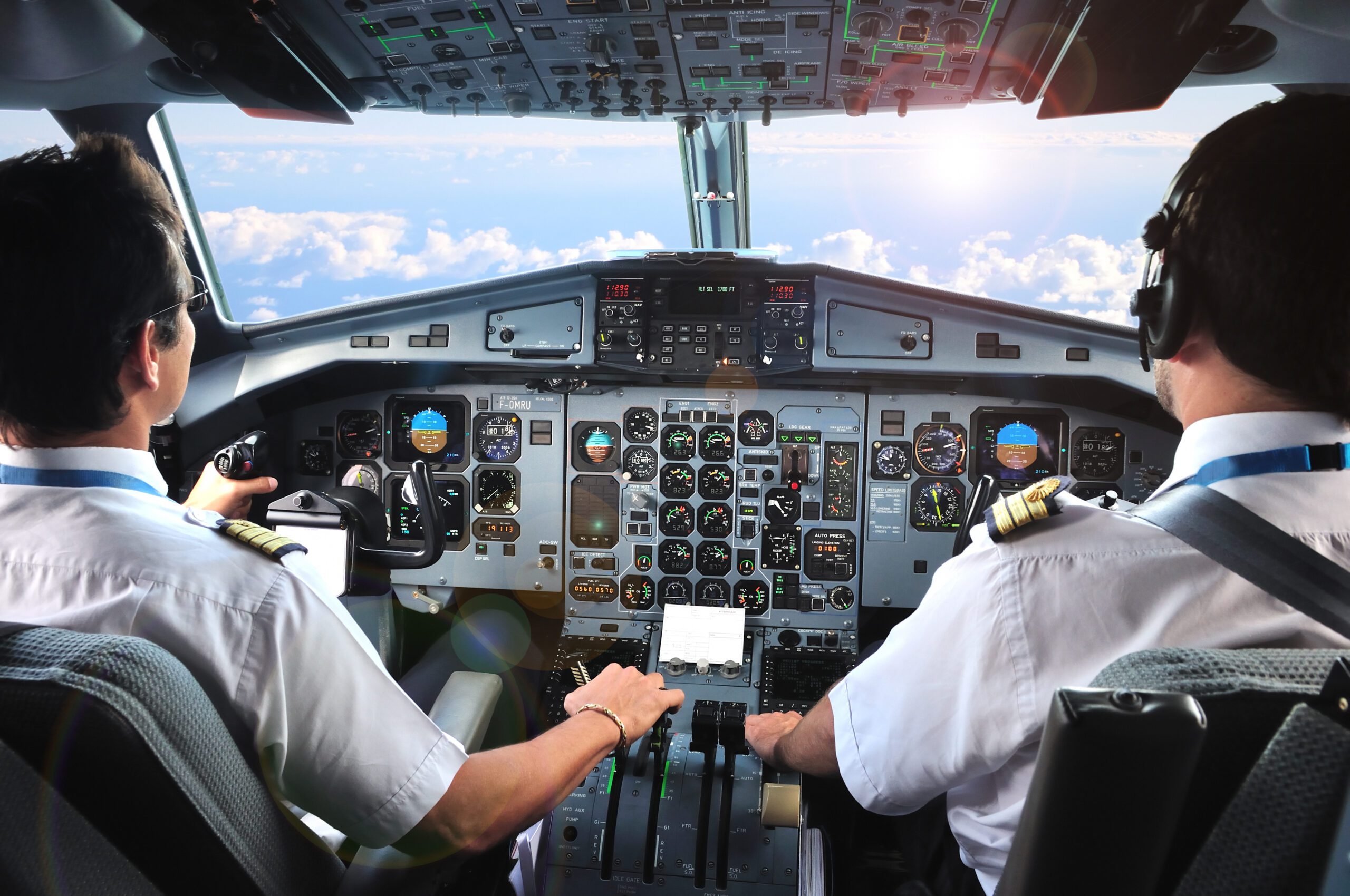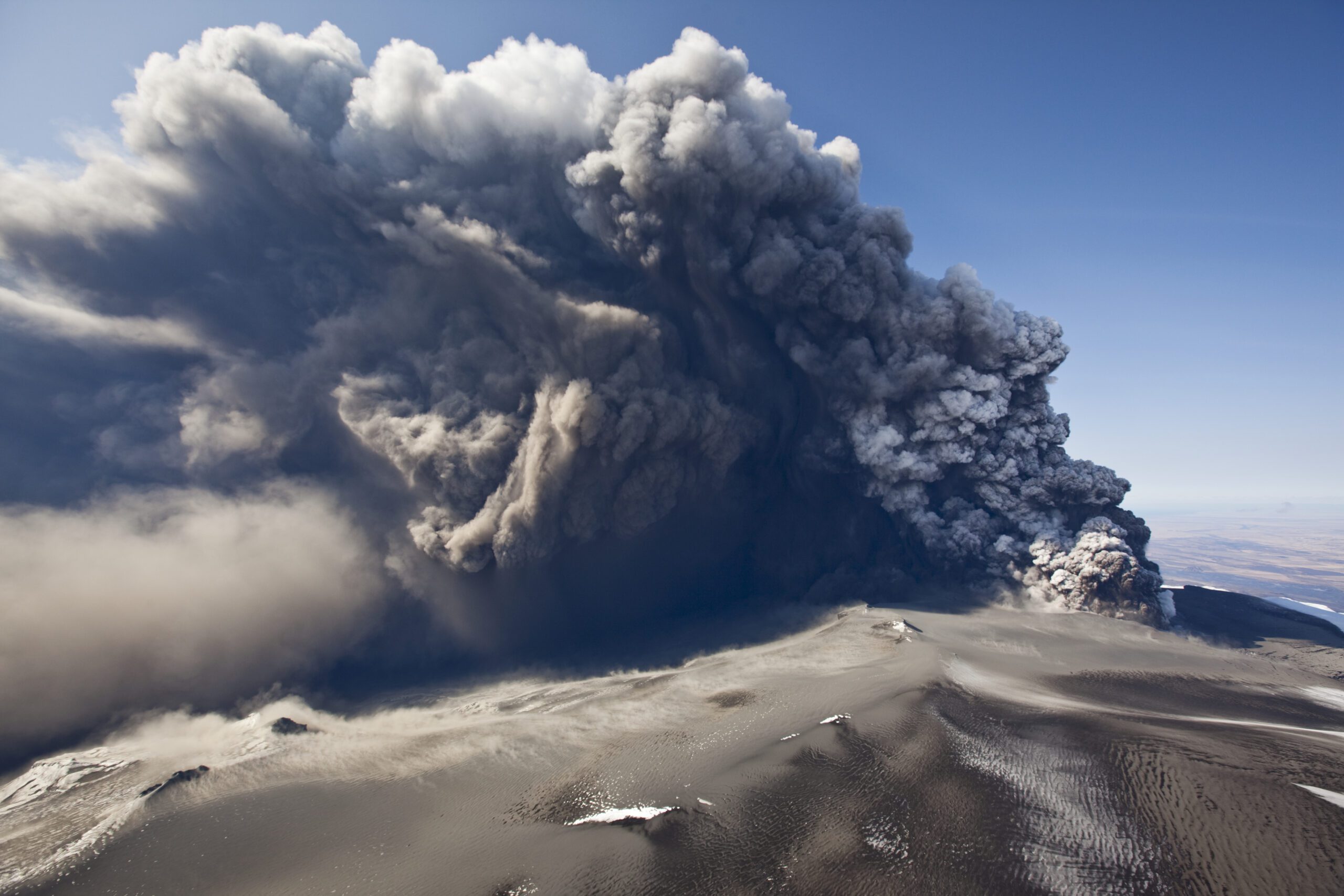Weather intelligence for the future: Crafting a strategic enterprise approach to changing environmental conditions
Continue readingWeather forecasts have been around since the beginning of civilization where humans used recurring meteorological and astronomical events to better monitor weather patterns and plan for seasonal changes. Initially based on mostly inaccurate observations of the sky, wind, and temperature, these forecasts have certainly evolved to be more advanced and reliable. Incorporating technology into weather forecasting began in the 1700s with the barometer and thermometer. These tools helped pave the way for more accurate weather predictions.
Today, almost everyone relies on weather forecasting to anticipate inclement or severe weather and plan their day accordingly. These forecasts also help flights plan their routes, utilities plan their reaction plans, and communities plan for evacuations in cases of severe storms.
But how truly accurate are weather forecasts? Are you as a broadcaster providing a reliable weather source for your viewers? Let’s investigate.
What is accurate weather forecasting?
Weather forecasting is the process of combining scientific insights and technology to assess the future of the weather. Meteorologists try to predict changes in the atmosphere, precipitation, and temperature.
In order to produce an accurate weather forecast, a lot of scientific research, technology, and expertise is required. Currently, there are both short-term and long-term forecasts that meteorologists look at.
Short-range weather forecasts
These are forecasts for one to fourteen days out. They are physics-based models that take in weather data from around the world and perform a series of equations to produce insights regarding current and upcoming weather conditions.
Long-range weather forecasts
Long-range weather forecasts are any forecast that is beyond 14 days out. Since weather and the associated data points are ever-evolving, these are less precise than short-range forecasts. They can be based on historical data and an analysis of both past and future weather trends.
Why are reliable weather forecasts important?
Weather affects people’s daily lives and accurate weather forecasting allows communities to better prepare for the impacts of changing weather. Weather forecasting determines the likelihood of a severe weather event or strong storm. By leveraging this information, utilities can strengthen the grid and schools can determine if it’s safe for parents to drive their children.
How do meteorologists predict the weather?
In this day and age, meteorologists have a wide set of advanced tools at their disposal. These tools collect various data points to help make an accurate prediction of weather patterns so broadcasters can provide viewers with the best information.
Tools needed for forecasting the weather
There are a number of tools in the meteorologist’s arsenal to help predict the weather. Below are a few:
Weather radar
Weather radar is a tool used to measure precipitation, incoming storms, and other severe weather.
Weather balloons
Weather balloons are used to measure temperature, wind speed and direction, and air pressure in the layers of the troposphere.
Barometer
A barometer is a forecasting tool used to measure atmospheric pressure in a certain environment.
Thermometers
Thermometers measure the temperature in a given location.
Satellite and weather data
Satellite and weather data observe cloud patterns around the globe. There are three types of satellites that meteorologists use:
- Polar-orbiting satellites
- Geostationary satellites
- Deep space satellites
Weather stations
Weather stations observe temperature, humidity, barometric pressure, wind speed and direction, and rainfall.
IoT sensors
IoT-enabled technology measures weather factors like temperature, moisture, and pressure.
Weather forecasting models
Data sets collected need to be inputted into a weather forecasting model that can understand how various inputs can affect the outcome of different weather events.
What is the process for forecasting the weather?
There are a few steps to forecasting the weather. These involve:
Data collection and observation
This step involves using various tools to collect weather data, such as IoT sensors, weather balloons, and weather radar. Meteorologists need multiple datasets to make the best predictions possible.
Analysis of weather patterns and data
Analysis of weather patterns involves taking this data and using forecasting models to determine future trends, forecast the temperature, or determine the likelihood of a severe weather event, such as a blizzard, flood, or hurricane.
Predicting weather’s impact
Weather insights should then be used to determine the impact it will have on the surrounding area. Meteorologists determine how dangerous the weather will be, the range of temperature, and the type of precipitation. Together with machine learning, meteorologists can determine how communities and businesses should prepare for upcoming weather.
How to accurately forecast the weather: the models used in weather forecasting
There are a number of weather models that meteorologists utilize to provide an accurate forecast for viewers.
Numerical Weather Prediction (NWP)
Numerical Weather Prediction (NWP) uses complex mathematical equations based on physics regarding how the air, heat, and moisture move through the atmosphere. It is the most common type of weather model that uses current data and observations to forecast future weather conditions like precipitation, temperature, and hundreds of other weather elements.
AI Weather Prediction
AI weather forecasting tools have been in use since the 1970s. However, as machine learning techniques continue to improve, these predictions have gotten more accurate.
GRAF
GRAF is the first hourly-updating weather system that can predict something as small as a thunderstorm virtually anywhere on the planet. With far greater accuracy than traditional weather models (updating every hour versus 6-12 hours), the GRAF weather model uses high-resolution data and the latest in weather graphics and technology to predict weather activity around the globe.
How reliable are weather forecasts?
Short-range weather forecasts are considerably more accurate than long-range forecasts. In fact, according to the National Oceanic and Atmospheric Administration (NOAA), a five-day forecast is accurate about 80% of the time. A one-day temperature forecast is typically accurate within 2.5 degrees.
Accuracy drops off as time increases since meteorologists struggle to apply physics-based models to these longer timeframes. As a result, a weather forecast beyond 10 days is only right about half of the time.
What is the most accurate weather forecast?
In a study by ForecastWatch, 140 million forecasts were evaluated between the years 2017 to 2021 and they found The Weather Company to be the most accurate weather forecaster overall.
“A forecast is most helpful when it comes from a recognized, trusted source, and the pursuit of accuracy is at the foundation of what we seek to provide to help customers, consumers, and marketers to make important decisions every day,” said Sheri Bachstein, chief executive officer of The Weather Company and general manager of The Weather Company. “The study is evidence of how The Weather Company is helping advance the science of weather forecasting through continued innovations in AI, data, and cloud computing.”
It was found that The Weather Company is about 3.5 times more accurate than the other providers in the study. Each year the study was conducted this gap widened.
Benefits of accurate weather forecasting
There are a number of benefits to providing accurate weather forecasting. They include the following:
Broadcasters can better inform their viewers
By incorporating accurate forecasting into their news production, broadcasters will keep viewers tuned in which increases ratings, advertiser demand and revenue. Broadcasting companies can also confidently advertise themselves as an accurate source for weather forecasts which establishes trust and credibility.
Advertisers can better target their audiences
With solutions like The Weather Company’s Weather Targeting, which leverages accurate weather data, advertisers can target consumers based on the upcoming weather conditions in their area. For example, if it suddenly gets colder in Florida, advertisers can present messaging that encourages users to buy a hot coffee. Weather targeting is also sophisticated enough to determine that weather must be combined with geo-location. For example: 60 degrees in Miami may have locals unpacking their winter gear, while 60 degrees in Massachusetts will likely have Bostonians enjoying the outdoors in short sleeves.
Airplanes can monitor turbulent weather
Having an accurate reading of weather conditions is essential to airplane pilots. There needs to be an awareness of any upcoming turbulent weather conditions in order to plan accordingly and keep passengers safe.
Utility companies can plan for outages and repairs
Having accurate weather forecasts allows utilities to properly schedule their team for anticipated outages and repairs. By utilizing accurate weather technology, utility companies can better prepare the grid and more effectively keep the lights on.
Examples of accurate weather forecasting
VTV creates accurate weather reports to keep viewers informed
When VTV came to The Weather Company they were looking to improve the accuracy of their weather reports so that viewers could better plan their everyday lives and take precautions in the case of floods or storms.
VTV utilized weather visualization software and advanced weather data from The Weather Company to create compelling 3D graphics and instant weather updates. With The Weather Company’s help, VTV was able to achieve the following results:
- Provide public safety with near real-time alerts for severe weather conditions
- Empower weather broadcasters to create compelling, informative graphics
- Attract new viewers and advertisers to VTV’s weather reports
What is the future of accurate weather forecasting?
As weather forecasts continue to grow in accuracy, viewers’ expectations will begin to shift toward how a weather forecast can influence their day-to-day lives. According to Magid Research, viewers want more accurate predictions based on their current location. This would include weather forecasts by zip code or even street level.
As AI developments continue to improve, more weather forecasting best practices will include the use of machine learning in order to predict the weather. This would include taking insight from several models in order to make the most accurate prediction possible. As news stations seek to prioritize rapid and accurate weather forecasts, AI will continue to play a larger role in how weather predictions work.
Viewers also want more detailed information on severe weather and on what the next days will look like at all times of the day. As weather forecasts become more and more accurate, viewers will be more eager to stay tuned in based on the depth of the forecast, the storytelling involved, and how a meteorologist can apply a weather forecast to their day-to-day schedule.
Final thoughts
Viewers are increasingly expecting accurate weather reports from the meteorologists they tune into. At The Weather Company we provide a variety of broadcasting solutions where the GRAF model is embedded and can be used for high-quality resolution weather data to provide a clearer picture of weather conditions around the globe.
Ready to learn more about the benefits of accurate weather forecasting? Contact us today!
Accurate weather forecasting frequently asked questions
Which weather radar is the most accurate?
The Weather Company has been named the most accurate weather forecaster overall, according to a 2017-2022 ForecastWatch study, commissioned by The Weather Company.
Can weather forecasting be 100% accurate?
Due to how quickly conditions can change, weather forecasts can never be 100% accurate. However, based on historical trends and atmospheric data, meteorologists can get close.
Have weather forecasts gotten more accurate?
While meteorologists still record weather data the same as they did over half a century ago, the tools that they use to analyze trends such as AI for weather forecasting have become more advanced, allowing for a more reliable weather forecast.
What is weather analysis and prediction?
Weather analysis and prediction include analyzing several weather models based on atmospheric conditions and predicting what the weather forecast will look like in the future.
How are weather forecasts made?
Weather forecasts are made through the analysis of weather models and historical trends. Based on this information, meteorologists develop a forecast that is in line with these conditions.
How accurate is a 14-day forecast?
While a 14-day forecast is more accurate than it was fifty years ago, the conditions that affect weather can change in a matter of seconds. So, while 14-day forecasts have been more accurate, 100% accuracy is simply not achievable.
How accurate is a 7-day forecast?
7-day forecasts are more accurate than 14-day forecasts, but the same rules apply. Weather conditions can change suddenly, impacting a forecast within a matter of seconds. While more accurate today, 7-day forecasts cannot be 100% accurate.
How accurate are long-range weather forecasts?
Long-range weather forecasts are variable depending on the time. 7-day forecasts are generally more accurate than 14-day forecasts. However, 100% accuracy is near-impossible due to the potential of suddenly changing weather conditions.
Let’s talk
To learn more about harnessing the power of weather to make better, more informed decisions across industries, contact our experts today.
Contact us






